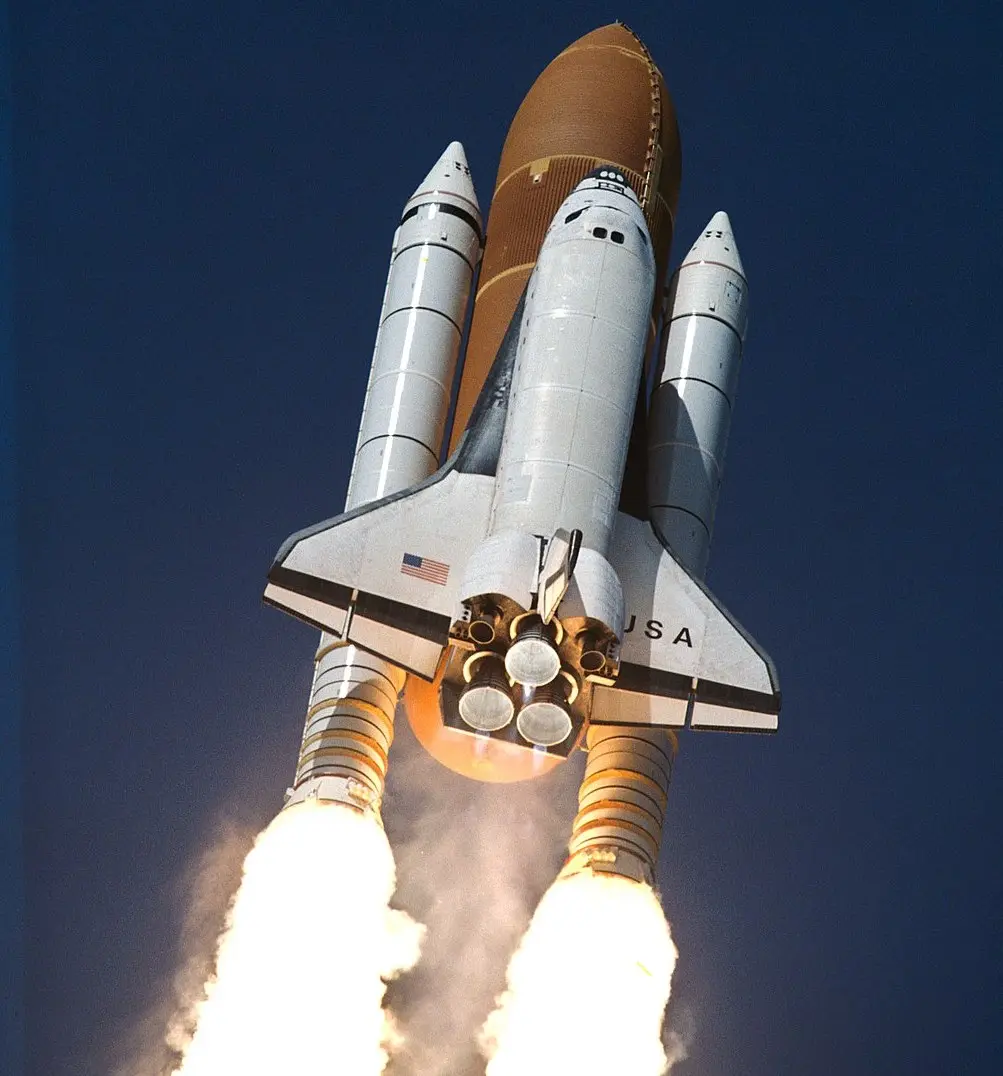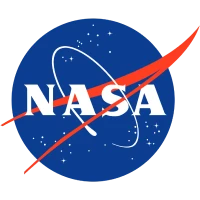/
STS-93
Launch Success
Liftoff Time (GMT)
04:31:00
Friday July 23, 1999
Watch Replay
Official Livestream
Mission Details
Launch Notes
Approximately 5 seconds after liftoff, an electrical short disabled the center engine's primary digital control unit, DCU-A, and the right engine's backup unit, DCU-B. The center and right engines continued to operate on their remaining DCUs for the rest of powered flight to orbit. The redundant set of DCUs in each engine controller saved Columbia and her crew from potential catastrophe, as shutdown of two engines at that point in the flight would have resulted in a very risky contingency abort with no guarantee of success.
STS-93
The primary objective of the STS-93 mission was to deploy the Chandra X-ray Observatory (formerly the Advanced X-ray Astrophysics Facility) with its Inertial Upper Stage booster. At its launch, Chandra was the most sophisticated X-ray observatory ever built. It is designed to observe X-rays from high energy regions of the universe, such as hot gas in the remnants of exploded stars.
Low Earth Orbit
22,780 kilograms
Rocket


Agency
NASAPrice
$450.00 million
Rocket
Height: 56.1m
Payload to Orbit
LEO: 27,500 kg
GTO: 3,810 kg
Liftoff Thrust
30,250 Kilonewtons
Stages
2
Strap-ons
2
Launch Site
Stats
Space Shuttle
95th
Mission
2nd
Mission of 1999
1999
42nd
Orbital launch attempt
